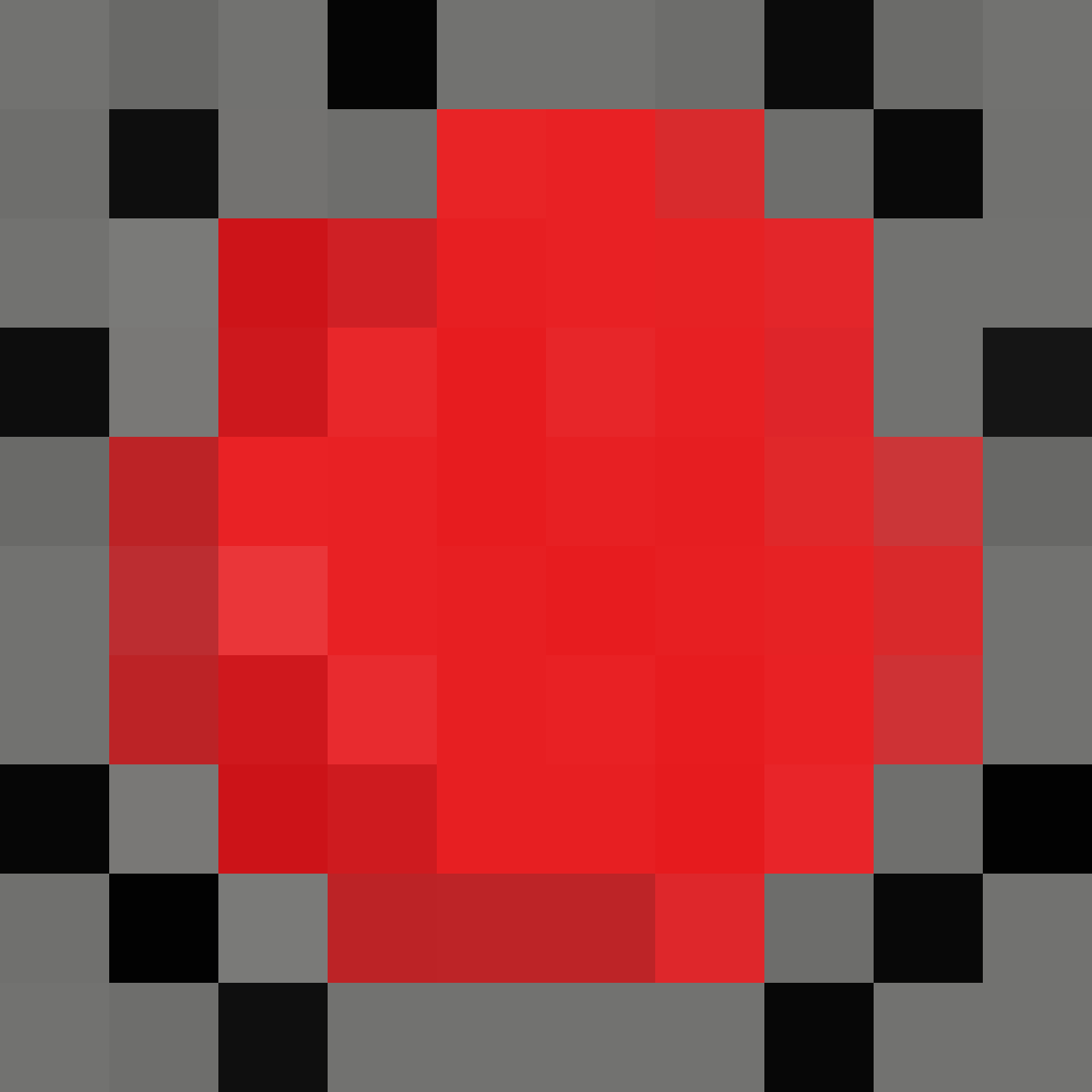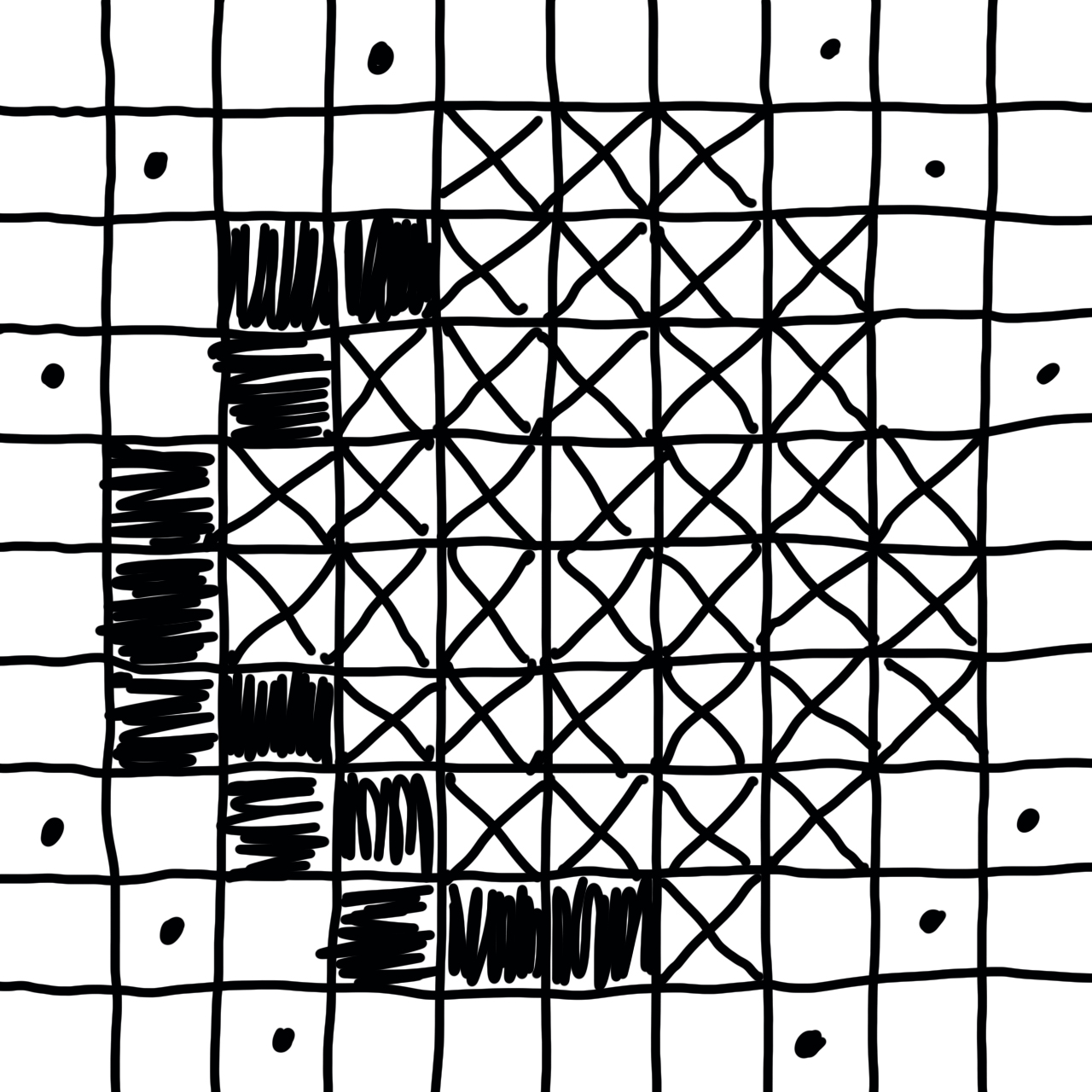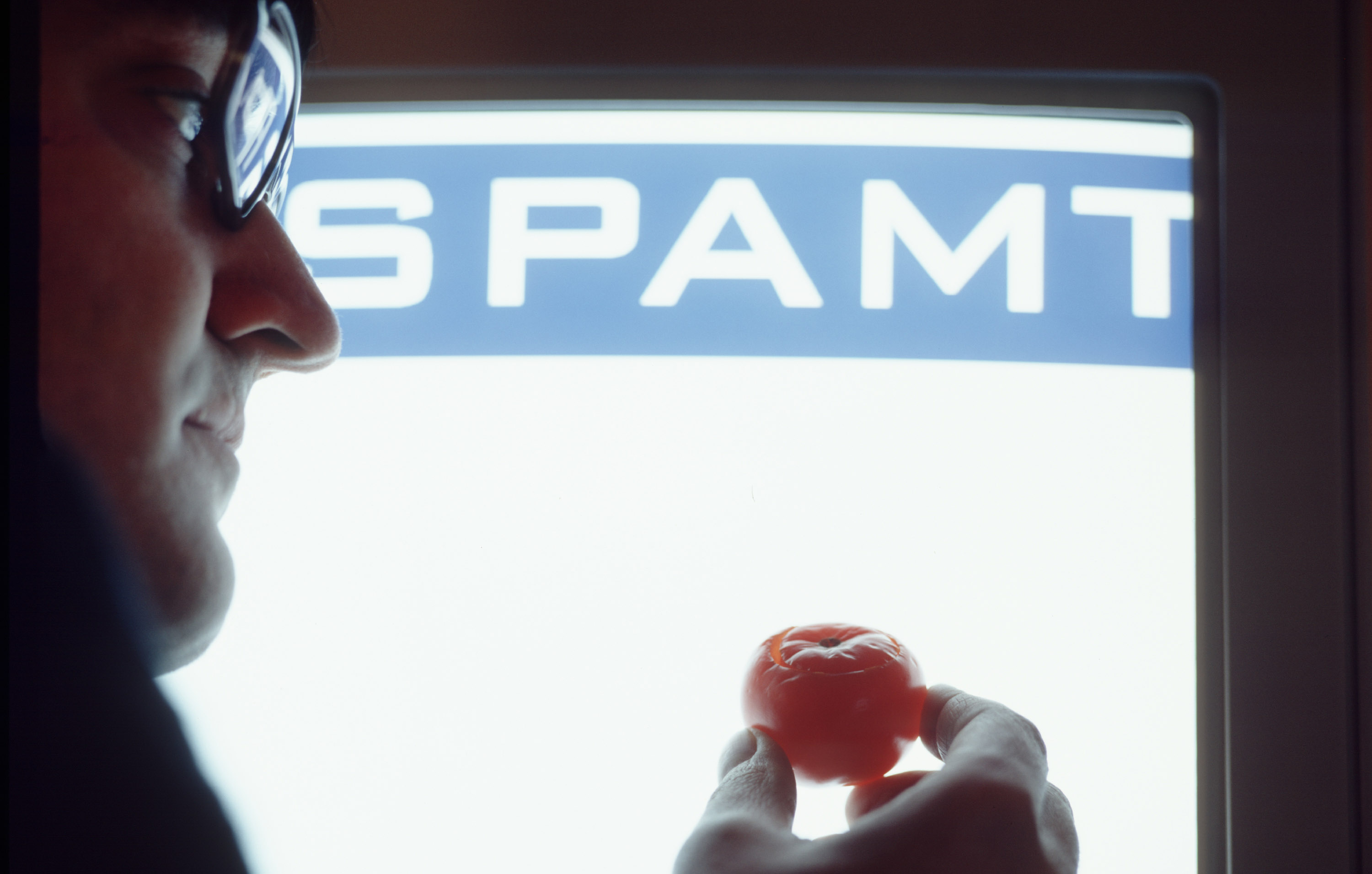


LOWRES
series of 42
LOWRESMOV
series of 04
XRAY
series of 10
|
|
 |
 |
 |
|||
LOWRES series of 42 |
LOWRESMOV series of 04 |
XRAY series of 10 |
The SPAMT (1997) is the redesign of the traditional
Catalan bread with tomato, which transformed
into an edible object is thought and designed to
be eaten in front of a computer screen.
The popularization in the 90's of the Personal
Computer, even with very bulky screens and huge
keyboards, builds new attitudes that force us to
adapt the traditional to a new lifestyle. The new
design therefore has to definesne the changes
needed in a new world that begins to be filled
with technology, the digital era just at that time
had begun to democratize.
Bread with tomato was no longer the typical and
traditional, but the universal and transnational, the
SPAMT. The design project, in this case food
design, made it possible.
With SPAMT Karaoke (2000) the collaborative
economy is anticipated. By means of a virtual
instruction that helps and makes accessible to
anyone the production of a SPAMT, the frontier
that existed in the pre-digital era between the
manufacturer and the consumer, with the SPAMT
Karaoke disappears, all are producers and consumers.
However, 20 years later this same Spamt goes
digital, DigitalSPAMT (2017) is printed with 3D printing technologies. It is
no longer a manual manufacture with a chain,
emulating an industrial factory (Spamt Factory
1997) but with the three-dimensional drawing of
the object and an additive printer with the information
and ingredients that materializes the
design.
Spamt becomes NFT with a series of 56 digital
pieces commemorating the 25th anniversary
and celebrating the relentless advancement of
our lifestyle change thanks to digital and Food
Design.
Photo Inga Knölke 1997
